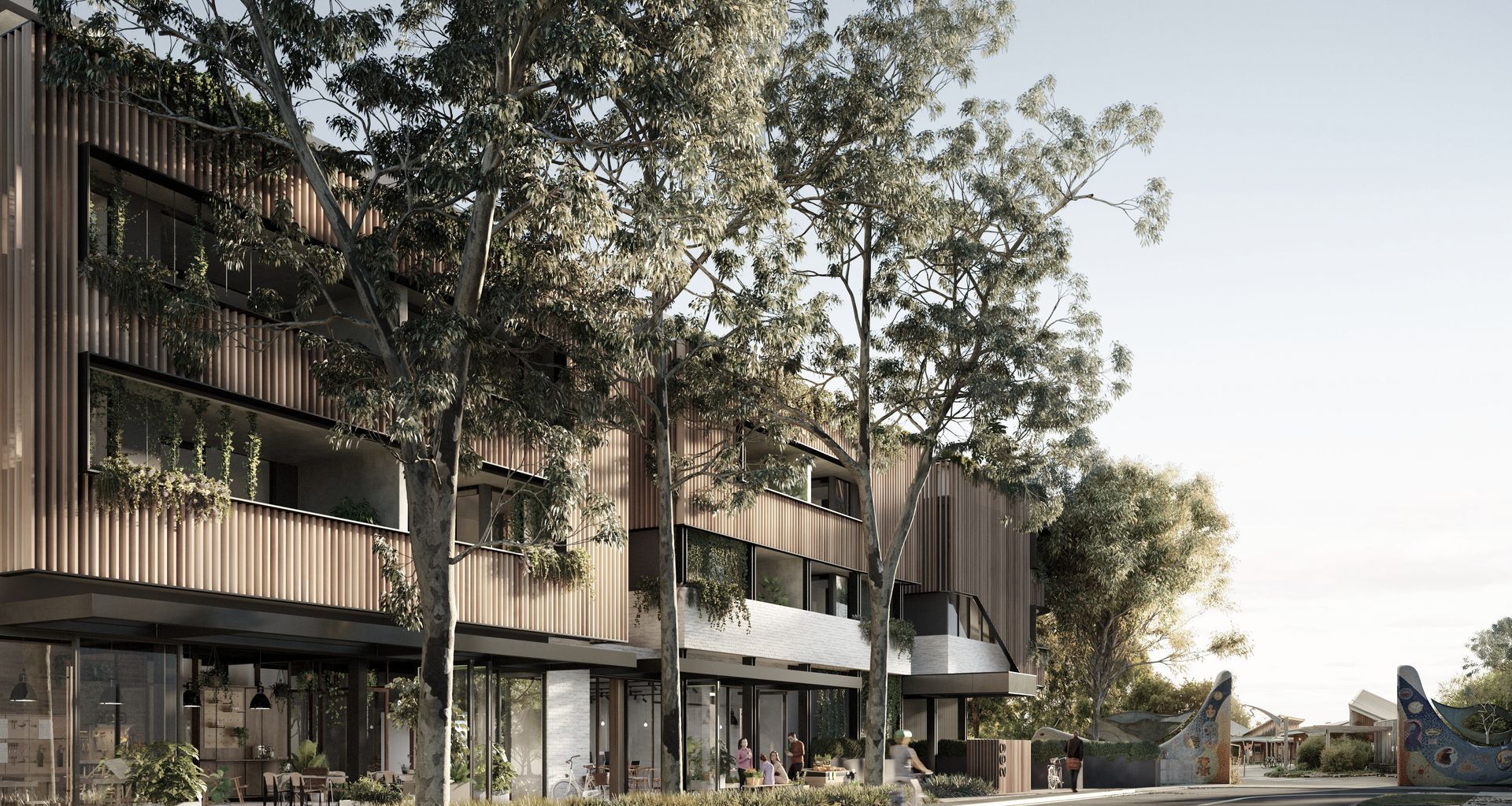The designer’s roadmap for sustainable change

Now more than ever we crave interiors that connect us to nature and each other and tackle the climate emergency in meaningful ways.
For designers serious about addressing the climate emergency there’s no shortage of detailed information, good advice or, more recently, thoughtful commentary about how coronavirus recovery can help the cause. What’s hard is sifting through it all and identifying a few key steps that’ll have most impact for your particular practice and clients.
COVID-19 makes this harder in some ways, easier in others. Harder because lockdown has hit industries such as hospitality and development hard and changed clients’ priorities, project schedules and budgets overnight. Clients struggling to retain staff and re-build markets may not prioritise going carbon neutral as highly as they would have just a few months back amid global climate strikes, bushfire devastation and Architects Declare’s Carbon Neutral Pledge.
Easier because lockdown has amplified demand for cities and spaces designed for sustainability and resilience; in the local design industry, it has widened the market for Australian-made products, materials and finishes. Images of skies and waterways clearing of pollution and animals returning to empty streets are hard to ignore. Prolonged time at home has us all craving better connection to nature, questioning our consumption and doing more with less. That’s good news for biophilic design and products designed with people and planet in mind – for instance, those produced using closed-loop and cradle-to-cradle processes that embed recycling into the lifespan of materials and products. It’s also a huge opportunity for designers who consider environmental, social and financial sustainability in every project they design and every product they specify. Clients need evidence of cost savings and positive impacts, and committed designers have it.
For those of us in sustainability for the long haul, a roadmap has always been essential. Every practice needs a different itinerary and timeframe. As designers, if we can reach our destination we’ll collectively tackle our industry’s massive 40% contribution to global energy-related carbon dioxide emissions and the mountains of waste we contribute to landfill. (Carpet alone accounts for 3.5% of US landfill annually). Over a span of 60 years our practice has found it easiest to stay the course with a clear plan that shows clients and collaborators who we are, what we value, and the steps we take to design and specify for people and planet. Three guiding principles inform that:
1. Support the best suppliers
Interior design studios such as ours have hundreds of suppliers and products in their libraries. Green specifiers are great sources of general information, but with suppliers becoming savvier at marketing their green credentials, it can be difficult to know which products really deliver on claims without examining the evidence yourself.
We are now contacting every supplier, asking a series of questions that drill down into useful detail and evidence, and rating each supplier with a traffic light system. Our goal is to create a list of preferred suppliers for go-to products we can specify on our interiors with absolute confidence.
2. Get your own house in order
As designers we have more credibility asking clients to embrace steps we’ve taken ourselves. No one has all the answers, but showing that you’re on the journey makes you more likely to attract like-minded clients and collaborators. This means less time selling ESD and more time doing it. It also builds your expertise and evidence of savings, learnings and impact, which can help persuade clients concerned most about cost.
We are a large multi-sector practice these days but we started small with partners who prioritised holistic sustainability. Co-founder Jack Clarke was a director of the iconic Robin Boyd/AIA Small Homes Service and we began with a similar social mission: to transform Australia’s suburbs with high-quality contemporary design that’s sustainable and affordable. To keep our own house in order we have joined BCorp, a global movement of 3,000+ businesses in 170 countries and 150 industries certified to meet the highest verified standards of social and environmental performance, legal accountability and public transparency. We became carbon neutral in 2018 and intend to embrace further initiatives in the next few years, such as switching to 100 per cent green power, introducing a green travel plan for staff and to increasingly participate in teleconferencing that embraces the idea of a War on Waste.
3. Get better at selling ESD to clients
Success with the first two initiatives helps here, as does seeking out clients who share your values. We find they tend to become repeat clients.
As hospitality and other industries recover from lockdown, building trust and selling ESD with the evidence about savings and positive impacts will be especially important. Leaders in the hospitality industry have longstanding commitments to green design and efficiencies. Take Joost Bakker’s zero-waste restaurants. Hotel groups’ performance management systems — such as Hilton’s LightStay, InterContinental’s Green Engage and Marriott’s Serve360 — have helped slash energy and water useage across hundreds of properties by up to 25 per cent.
Holistic frameworks such as One Planet Living are offering new solutions for interiors teams, architects and urban planners designing eco-communities, products and services. One Planet Living considers 10 diverse measures: health and happiness, equity and local economy, land and nature, travel and transport, and local and sustainable food. We’re currently exploring these on ambitious adaptive reuse projects in Melbourne and Sydney. The results are interiors that touch existing buildings lightly and create considered spaces with abundant natural light, ventilation and planting, simple materials honestly expressed, and minimal waste.
Economical and efficient. What’s not to buy?
